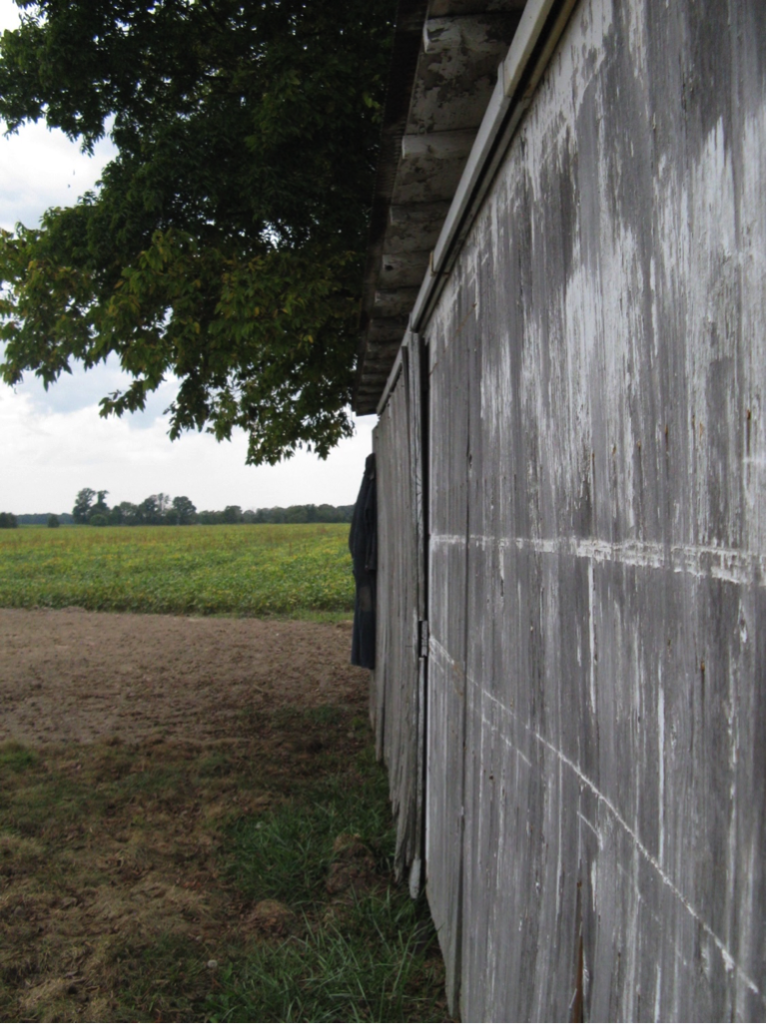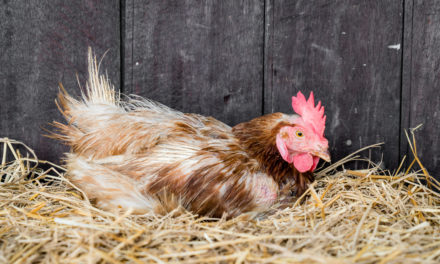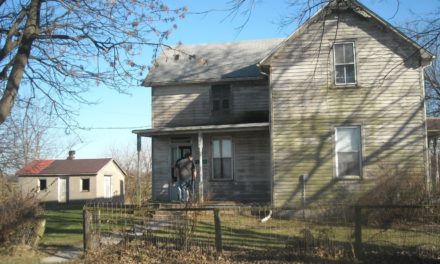Back in 2009, right after we purchased our homestead, Jim and I would go on farm-dates to stores like Buchheit. We would walk up and down the aisles dreaming of all the beautiful projects that we were getting ready to accomplish on our new slice of heaven. I had dreamt for years of returning to my roots and living in the country. I envisioned my farm acres turning into a “you-pick” blueberry gold-mine alongside the garden truck-patch full of organic vegetables that would jump into my cart cleaned and ready to sell at the Farmers’ Market.
My sheds would be full of sheep, goats, pigs, and Dexter cows as well as the large flock of turkeys, hens, and ducks. I could do it all now that we had our land.

That was the dream, but let’s talk about reality. One thing I was not prepared for was how many things over which I just had no control. My heart broke during the 2012 drought when after a month of hand watering the truck patch I finally realized I would lose the entire garden. I received the rude awakening that it was not only constant physical labor but a mental battle as well. Through all the successes and the failures, I adjusted to life on the farm. I love the simpler life! Let me share some of what I learned in the first ten years of our homesteading journey.
An error we did make, that we are not repeating at the new homestead, concerns outbuildings. One common mistake the novice makes when they start living “off the grid” is not taking the time to build new or repair existing outbuildings. The idea that any old lean-to will do may become a costly mistake. If a building housing your flocks is not secure the fox will get inside the hen house.
Not fixing this issue can also mean much more work than necessary. For example, I couldn’t wait to start my initial flock of chickens when we arrived on our first homestead, so I didn’t wait until we had everything ready. Jim built a stout coop, but we didn’t have the fencing completed. That meant that every time we needed to leave unexpectedly, I had to herd the girls into the coop. I lost young birds to predators as well as time spent chasing birds that could have been used more wisely.
In the first picture, you’ll notice the two fencing panels that I’d pulled out on either side of the coop door to help corral the hens! I chased and yelled until they all got the message to get inside. What a riot! Great cardio!
One improvement to the outbuildings we made at the new homestead is every building has been set upon a concrete floor. No more worries about the den of skunks or rats under the dirt floors of the chicken coop or lawnmower shed!

Another mistake commonly made with outbuildings is not checking with the city hall first. In our county, an outbuilding of 150 sq. feet or less on skids that can be moved cannot be taxed (neither can concrete). Living in Illinois, I know the tax codes. Sometimes it may be cheaper to tear down an old building and build two smaller ones that will not add to your tax burden. Every penny counts when you homestead.

Sometimes it is more cost effective to move your existing outbuildings or purchase one. Here we are moving a garden shed to the new homestead, saving us the effort of building yet another outbuilding, besides it has lots of charm.
I hope this advice will help you on your journey to a simpler life. Urban or rural, homesteading works! Sincerely here to serve you.
Ann May






